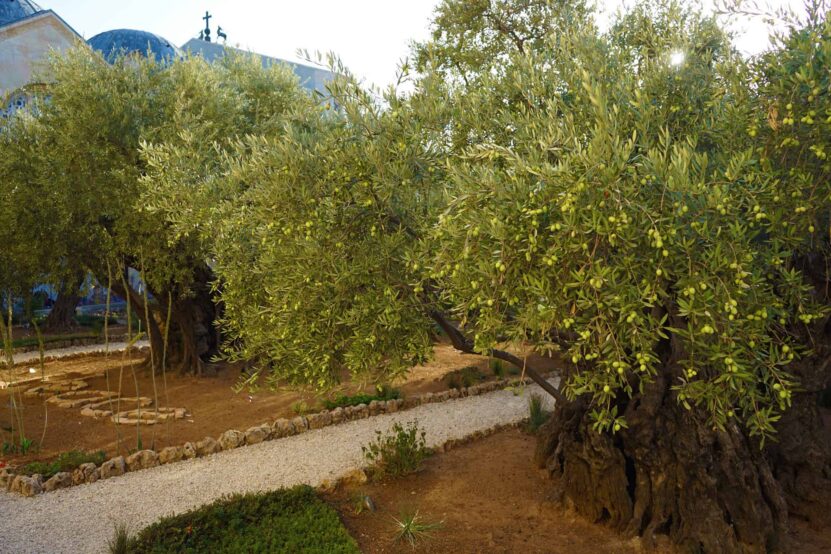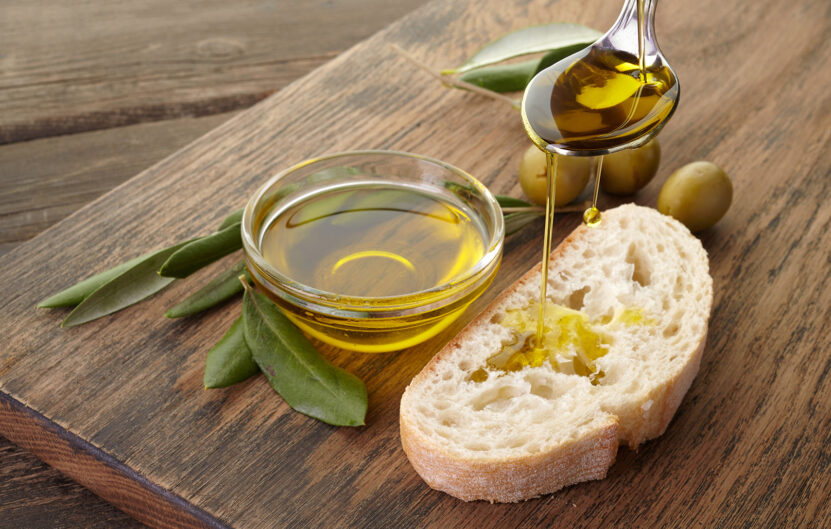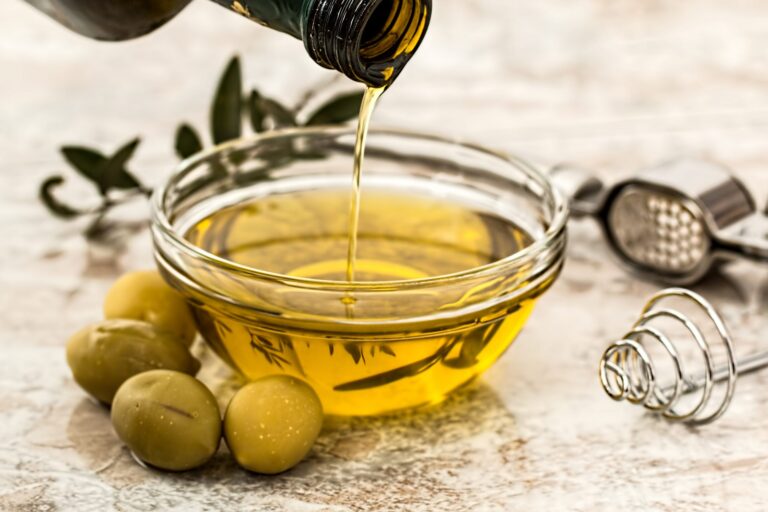Olive oil, a staple of the Mediterranean diet, has been cherished for its flavor, health benefits, and culinary versatility for thousands of years. The process of making this beloved liquid gold is both an art and a science, refined over generations. This comprehensive guide delves into the intricate journey from olive tree to kitchen, offering insights and expert tips along the way.
The Olive Tree: Nature’s Gift

The journey begins with the olive tree, an ancient symbol of peace and prosperity. These resilient trees can thrive in rocky, less fertile soils and are well-suited to the Mediterranean’s arid climate. The variety of the olive tree, climate, and soil composition significantly influence the taste and quality of the final product.
Harvesting: Timing Is Key
Harvesting olives is a critical step in the production process, where timing plays a pivotal role. Olives are picked at various stages of ripeness to achieve different flavor profiles. Early harvest yields a more robust and pungent liquid, while late harvest produces a milder and smoother taste. Traditional methods involve handpicking or gentle shaking to avoid damaging the fruit and the tree. Learn more about the harvesting and the production process at https://morocco-gold.com/.
Transport and Storage: Preserving Quality
Once harvested, the olives are quickly transported to the mill to prevent spoilage and oxidation. Proper storage is crucial at this stage; olives are kept in well-ventilated containers and processed as soon as possible to maintain their freshness and quality.
Washing and Crushing: The First Steps of Transformation
The olives, along with their pits, are thoroughly washed to remove any impurities. Crushing then takes place, traditionally with stone mills but now more commonly with steel blades. This step creates a paste, setting the stage for the oil to be released from the cellular structures of the olives.
Malaxation: Coaxing Out the Liquid Gold

Malaxation is a slow mixing process that allows the tiny droplets of oil within the paste to coalesce and separate from the water and solid material. The temperature and duration of this process are carefully controlled to maximize yield without compromising the quality.
Extraction: Separating the Oil
There are several methods to extract the oil from the paste, including traditional pressing and modern centrifugation. The choice of method can affect the quality and characteristics of the product. Centrifugation is the most common technique today, efficiently separating the oil from the water and solids without the need for excessive heat or chemicals.
Decanting and Filtration: Clarifying the Liquid
After extraction, the oil is allowed to rest in tanks, letting any remaining solids settle naturally. Some producers opt for filtration to remove these particles, resulting in a clearer liquid. However, unfiltered products, known as “cloudy,” are also popular for their robust flavor.
Storing and Aging: Enhancing the Flavor
Proper storage is crucial for preserving the quality and extending the shelf life of the product. It is stored in stainless steel tanks, away from light and heat, to prevent oxidation and rancidity. While some types benefit from a bit of aging, most are best enjoyed fresh.
Tasting and Grading: The Art of Appreciation

Expert tasters evaluate the product based on its aroma, flavor, and mouthfeel. It is graded according to its acidity level, absence of defects, and sensory characteristics. The highest grade, extra-virgin, is reserved for the finest products, characterized by perfect aroma, flavor, and low acidity.
Packaging: Ready for the Table
Packaging plays a significant role in preserving the quality of the liquid. Dark glass bottles, stainless steel containers, or special packaging that blocks light and air are preferred to maintain the integrity and extend the shelf life of the product.
The Culinary Journey: From Tree to Table
The final stop in the journey is the kitchen, where olive oil shines as a versatile ingredient. It enhances salads, pasta, bread, and even desserts with its unique flavors. Cooking with this liquid gold transforms simple ingredients into culinary masterpieces, embodying the essence of Mediterranean cuisine.
Sustainability and Innovation in Olive Oil Production
The production of olive oil is not just about preserving traditions; it’s also about embracing innovation and sustainability. As environmental concerns become increasingly important, producers are adopting eco-friendly practices to minimize their impact on the planet. Sustainable farming techniques, such as organic cultivation, water conservation, and integrated pest management, are being employed to protect the ecosystem and ensure the health of olive groves.
Expert Tips for Choosing and Using Olive Oil
Choosing the right type for your culinary needs can enhance your dishes significantly. For salads and dishes where its flavor is prominent, extra-virgin olive oil is preferred for its superior taste and aroma. For cooking at high temperatures, a refined or light variant might be more suitable due to its higher smoke point.
When using it in your cooking, remember that heat can diminish its flavors and health benefits. To fully enjoy its taste and nutritional properties, use it as a finishing touch on dishes or in dressings and sauces.
Storing it properly is crucial to maintain its quality. Keep it in a cool, dark place and tightly seal the container after each use. Properly stored, it can maintain its quality for up to two years, though it’s best consumed within the first year for optimal freshness and flavor.
End Note

In conclusion, the making of olive oil is a meticulous process that reflects the harmony between nature and human craftsmanship. From the sun-drenched olive groves to the careful extraction and storage, each step plays a crucial role in shaping the liquid’s final character. Understanding this journey not only deepens our appreciation for this culinary treasure but also enhances our use of it in everyday cooking. Whether drizzling over a fresh salad or incorporating it into a hearty stew, olive oil remains a timeless ingredient, beloved for its taste, health benefits, and the richness it brings to our tables and lives.







